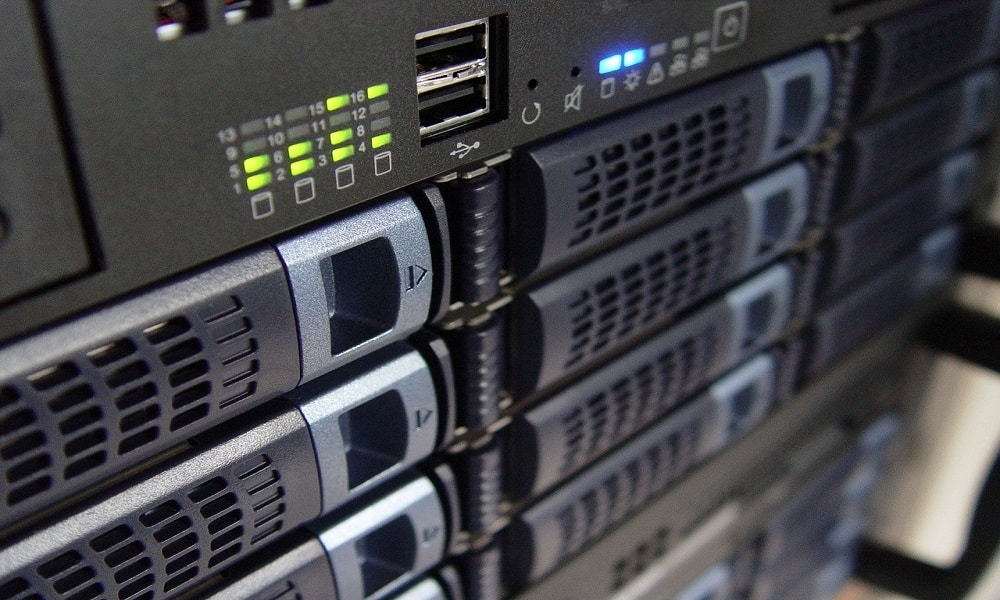In an era where business continuity can make or break organisations, traditional centralised server architectures are proving increasingly vulnerable to disruption. A single point of failure, whether from hardware malfunction, cyberattacks, or natural disasters, can bring entire operations to a standstill. Forward-thinking businesses are now turning to distributed microserver networks as a strategic approach to building truly resilient infrastructure that can withstand the unexpected whilst maintaining operational efficiency.
Understanding Distributed Microserver Architecture
Distributed microserver networks represent a fundamental shift from the conventional “all eggs in one basket” approach to IT infrastructure. Rather than relying on a few powerful servers housed in a central location, this architecture distributes computing power across multiple smaller, energy-efficient servers positioned strategically throughout an organisation’s operational footprint.
Each microserver in the network operates semi-autonomously, capable of handling specific workloads whilst contributing to the overall system’s resilience. This approach creates natural redundancy, where the failure of one or more nodes doesn’t compromise the entire infrastructure. The distributed nature also brings computing resources closer to end users, reducing latency and improving performance for location-specific applications.
The Resilience Advantage
The primary benefit of distributed microserver networks lies in their inherent fault tolerance. Traditional infrastructure often creates single points of failure that can cascade into system-wide outages. In contrast, distributed architectures compartmentalise risk, ensuring that local failures remain localised whilst other parts of the network continue operating normally.
This resilience extends beyond mere hardware failures. During regional disruptions such as power outages, natural disasters, or connectivity issues, distributed networks can maintain operations by automatically routing workloads to unaffected nodes. The redundancy built into the system means that businesses can continue serving customers, processing transactions, and maintaining critical operations even when facing significant infrastructure challenges.
Moreover, the modular nature of microserver deployments allows for rolling updates and maintenance without system-wide downtime. Individual servers can be taken offline for upgrades or repairs whilst the network seamlessly redistributes their workloads to neighbouring nodes.
Strategic Deployment Considerations
Successful implementation of distributed microserver networks requires careful planning and strategic thinking about workload distribution. Businesses must identify which applications and services benefit most from decentralisation and which might require more centralised processing power.
Edge computing scenarios present ideal opportunities for microserver deployment. Retail chains can position microservers in individual stores to handle local inventory management, point-of-sale systems, and customer analytics whilst maintaining connectivity to central systems. Manufacturing facilities can deploy microservers on the factory floor to process sensor data, manage production line controls, and handle quality assurance monitoring in real-time.
For organisations exploring hardware options, it’s worth noting that when you shop for Supermicro servers, you’ll find a range of microserver solutions specifically designed for distributed deployments, offering the compact form factors and energy efficiency required for edge locations whilst maintaining enterprise-grade reliability, including refurbished ones that come with a cheaper price tag and a warranty for peace of mind.
Cost-Effectiveness and Scalability
Contrary to initial assumptions about distributed infrastructure being more expensive, microserver networks often deliver superior cost-effectiveness compared to traditional centralised approaches. The modular nature allows businesses to scale incrementally, adding capacity precisely where and when needed rather than over-provisioning centralised resources to handle peak loads across the entire organisation.
Energy efficiency represents another significant cost advantage. Microservers typically consume far less power than traditional servers, and their distributed nature allows for more efficient cooling strategies. Many edge locations can rely on natural ventilation or minimal cooling systems, reducing operational expenses substantially.
The granular scalability also means businesses can respond more dynamically to changing demands. Seasonal operations, new branch openings, or expanding business units can be accommodated by deploying additional microservers without requiring major infrastructure overhauls or expensive centralised upgrades.
Implementation Best Practices
Successful deployment of distributed microserver networks requires adherence to several key principles. Network connectivity becomes paramount, as the distributed nodes must maintain reliable communication with each other and central management systems. Implementing redundant connectivity paths and edge caching strategies ensures that temporary network disruptions don’t compromise operations.
Security considerations also evolve in distributed environments. Each microserver represents a potential entry point for malicious actors, requiring robust endpoint security measures and consistent security policies across all nodes. Centralised security management tools become essential for maintaining visibility and control across the distributed infrastructure.
Monitoring and management strategies must adapt to the distributed model as well. Traditional server monitoring approaches designed for centralised environments may not scale effectively across dozens or hundreds of distributed nodes. Automated management tools, predictive analytics, and centralised logging become crucial for maintaining operational efficiency.
Future-Proofing Business Operations
As businesses increasingly embrace hybrid working models, IoT deployments, and edge computing applications, distributed microserver networks provide the foundation for future technological evolution. The inherent flexibility and scalability of these architectures position organisations to adapt quickly to changing business requirements without being constrained by legacy infrastructure limitations.
The move towards distributed microserver networks represents more than just a technological upgrade—it’s a strategic investment in business resilience and operational flexibility. By distributing computing resources and eliminating single points of failure, organisations can build infrastructure that not only withstands disruption but thrives in an increasingly complex and unpredictable business environment.


